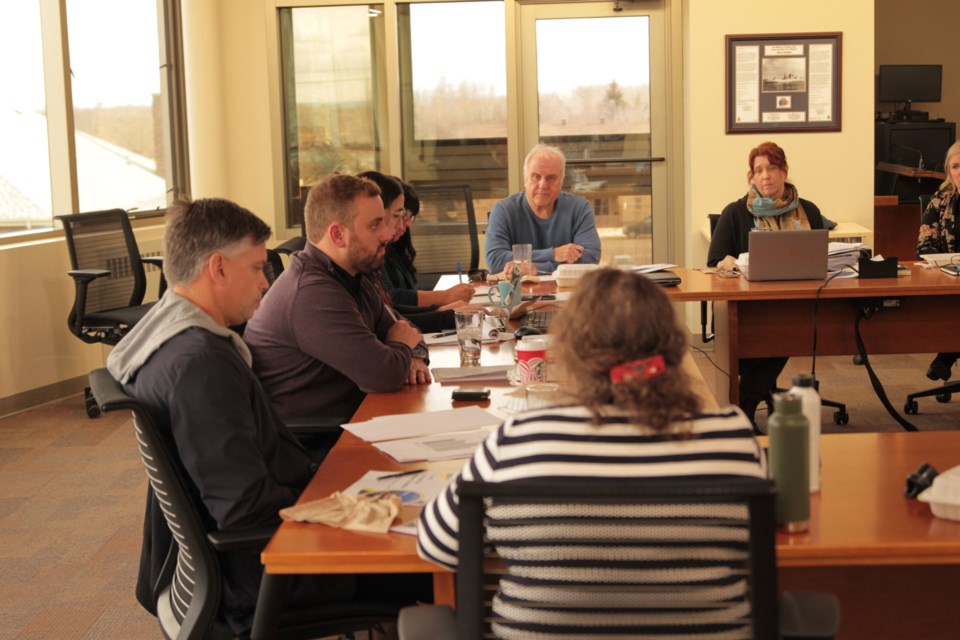THUNDER BAY — Faced with a low response rate and split results in its latest survey, the city's council composition committee will have to make a decision without clear direction from the public.
City administration presented the results of their phase two public survey to the council composition on Tuesday.
A total of 563 surveys were completed. Not enough responses to draw reliable quantitative conclusions, staff explained.
“It's a sample size that we can't, for sure, quantify. We put out the survey. If people aren't walking by our booths or accessing the online database, then, practically speaking, we're not gathering a complete sample size of everybody,” said committee vice-chair Cody Fraser.
Just over half, 295 respondents, said they preferred option one: a hybrid model with two councillors in each of four wards, two at-large councillors and a mayor
About 40 per cent, 226 respondents, preferred option two: an at-large model with 10 councillors and a mayor.
The remaining 36 respondents said they didn’t know.
“I think it's important to note that we go out and get feedback as best we can, but the data that we receive is not scientific. It helps inform our decisions,” said Fraser. “We do our absolute best with community engagement, but it's never gonna be perfect,” said Fraser. "
While the survey numbers aren't robust enough to rely on for quantifying public opinion, the committee can still use comments collected through the survey public meetings and focus groups to help understand what people are thinking on a informal level, said Fraser.
As they decide what to recommend to council, the committee isn't restricted to the two options that were included in the public consultation.
It doesn't seem likely the at-large option will stay in consideration.
The general consensus at the meeting was that having a number of wards meant that voters living in those wards would receive fairer representation. Although the survey results aren't conclusive, committee members did note that that option received somewhat less support.
However, that doesn't guarantee that the four-ward hybrid model will be recommended either.
During the meeting, committee member Wayne Bahlieda suggested a variation on that option, with only one councillor per ward and six at-large councillors.
Another committee member, Heather McLeod, suggested 10 individual wards and no at-large councillors.
“I think with the all-ward model, that we're looking at prioritizing representation of neighbourhoods having a representative that's very in tune to that specific neighbourhood." said Fraser. "Where when you have the at-large system or in the four-ward system, you have individuals who are more attuned to the entirety of the city on a larger scale.”
“So, it depends on what we want to do. The arguments, both are interesting. I'm certainly going back and forth on both and we'll see where we land in January," he said.
The committee has yet to complete its Indigenous consultation after two library sessions were cancelled due to lack of enrollment. Fraser said the committee will be speaking with the city's Indigenous advisory committee next week.
“It's difficult to get true scientific data of what the Indigenous population wants," said Fraser. "The Indigenous population has a wide variety of opinions and views on things. So, we're doing our absolute best with it."
The council composition review committee is expecting to finalize a recommendation at their Jan. 7 meeting and then present their recommendation to council at the end of February or the beginning of March.
